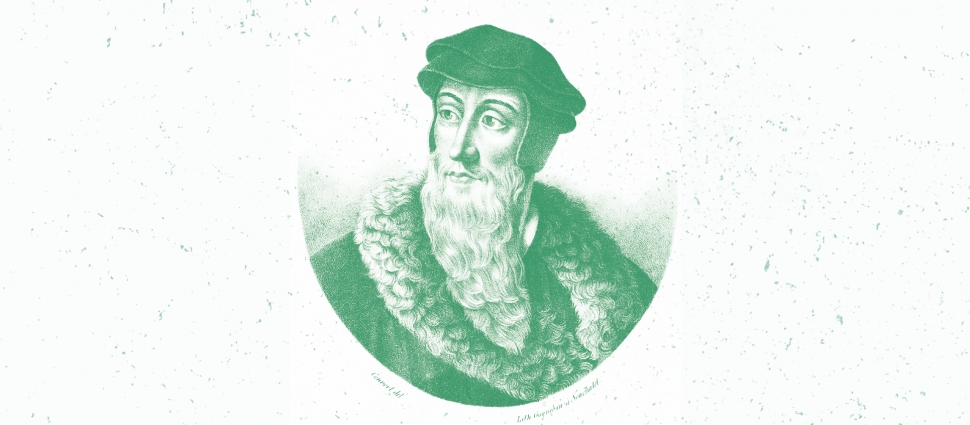Blog 222: 4.17.12 - 4.17.15

Calvin's doctrine of the Supper, often (too often!) referred to (incorrectly) as one of "real presence" is one of communion with Christ crucified and resurrected. It's focus on the bodily nature of this communion (there is no other Christ with whom we may commune other than the [bodily, enfleshed] risen Christ) begs the question as to the association of the sign (bread, wine) with the body (flesh, blood) of Christ: first, the Roman doctrine of transubstantiation. Christ's body is in heaven and will remain there until the Second Coming. Its physical nature makes ubiquity impossible (a category mistake). True there are subtleties "worthy of Aquinas" (as we sometimes say): distinguishing "form" and "substance" (one of many "deceitful subtleties"), the bread may look and taste like bread, but its substance masks the flesh of Christ. Ordinary folk, oblivious to these subtleties, assume bread for God.
Of transubstantiation, Calvin says: 1) it is a "recent" doctrine not alluded to in the church Fathers; 2) should we not equally assign a similar change to baptismal water (something which devotees of transubstantiation do not do); 3) it is a failure to appreciate the way signs operate to faith. Alluding to Paul's use of water in 1 Corinthians 10:4, the water gushing from the rock in the desert (Exod. 17:6) was (for the Fathers) "a token and sign of the same thing as wine represents for us in the Supper" but it was water that "beasts of burden and cattle" also drank.
Our salvation and continued communion with Christ is with Christ incarnate, enfleshed, crucified, resurrected, exalted, ascended, reigning, returning - who at this time remains in heaven. Through the sacrament and by the Spirit "it is God's plan ... to lift us to himself" (Institutes 4.17.15) - and hence Calvin's use of the "sursum corda" [Lift up your hearts] in the Liturgy of the Supper.




